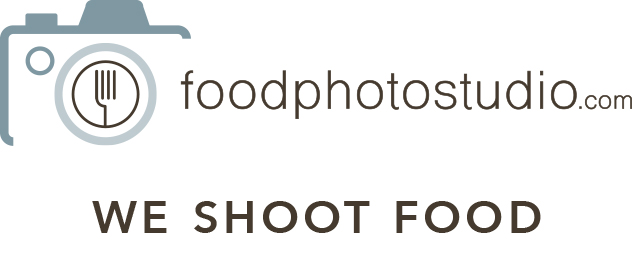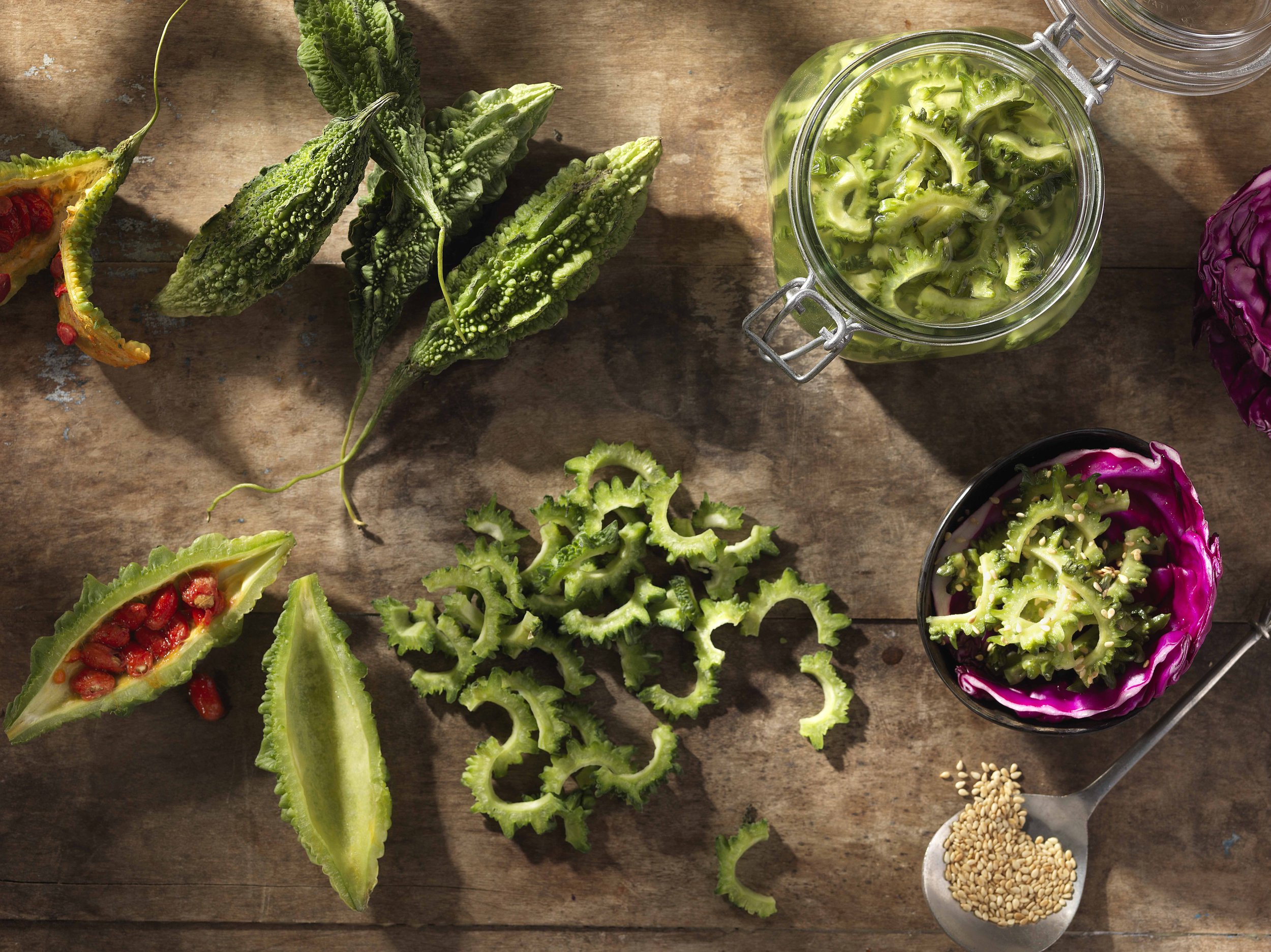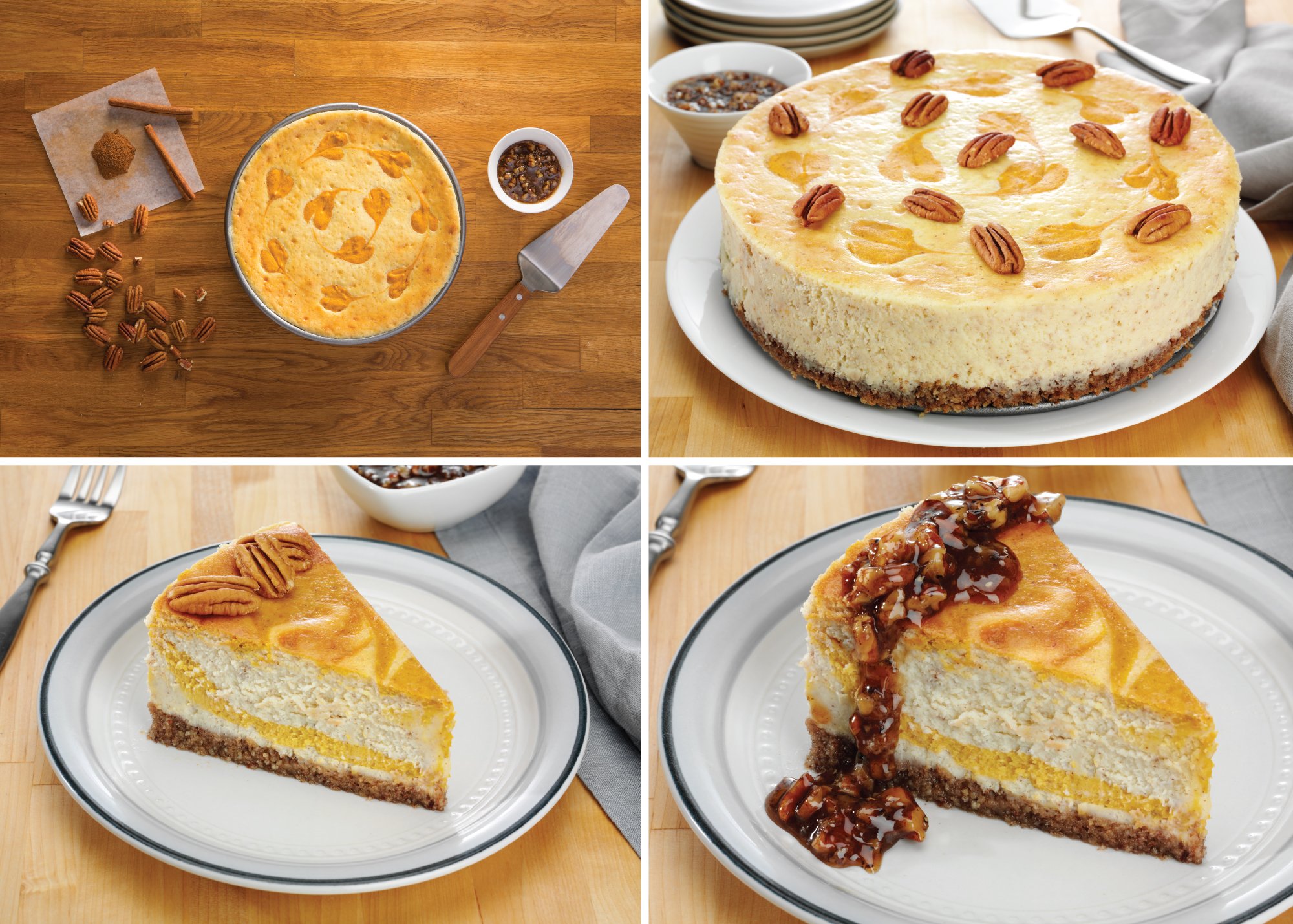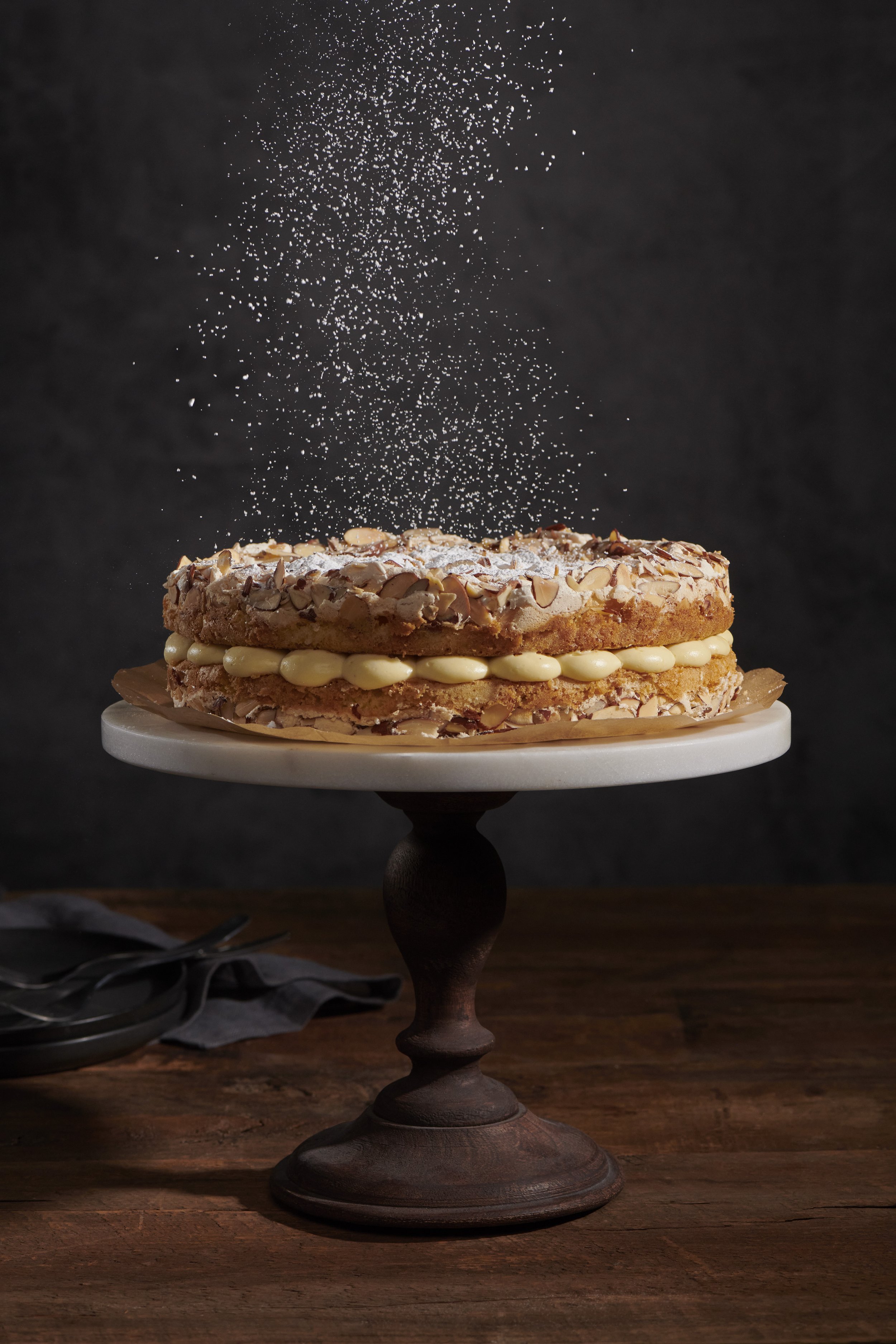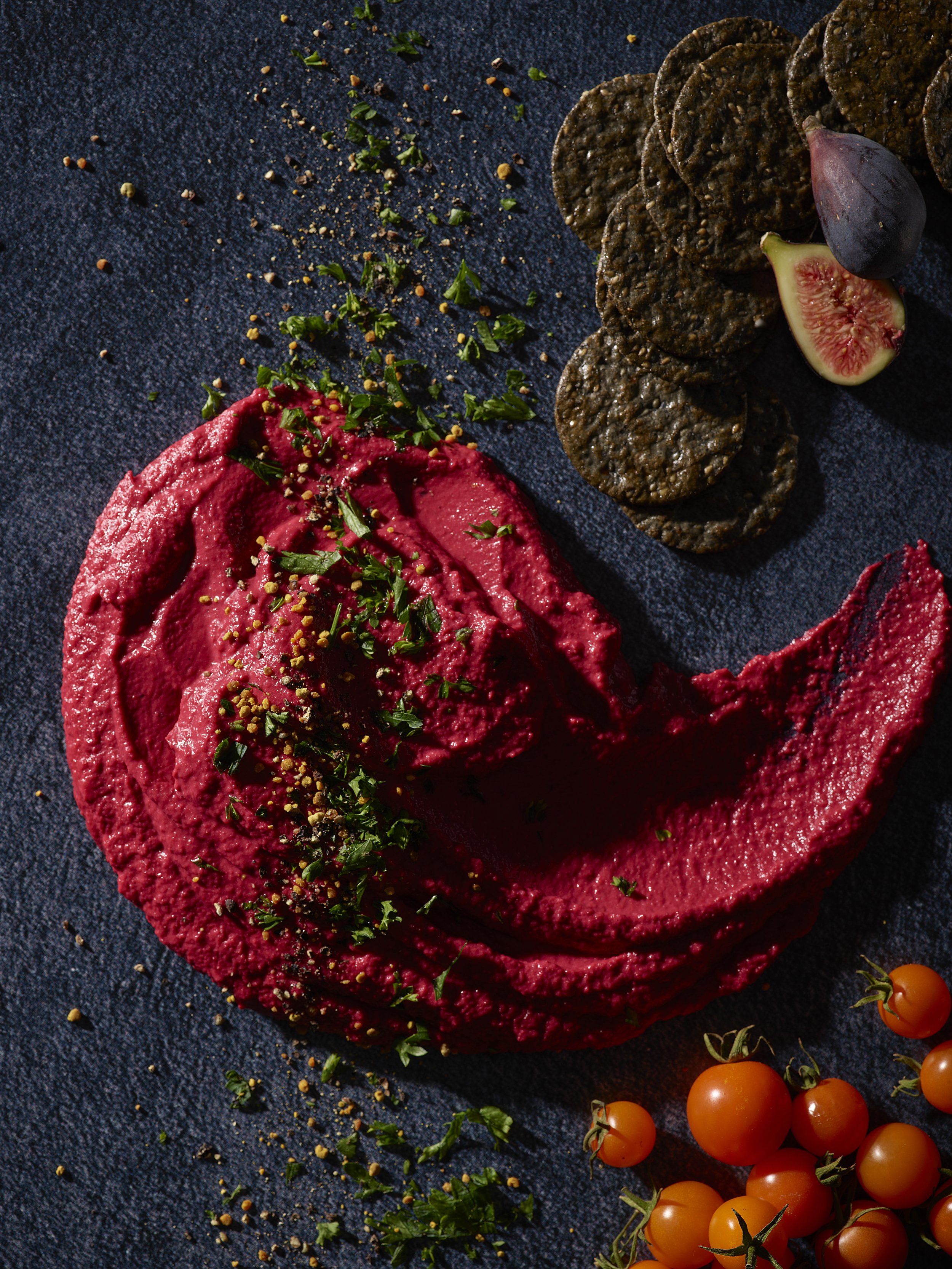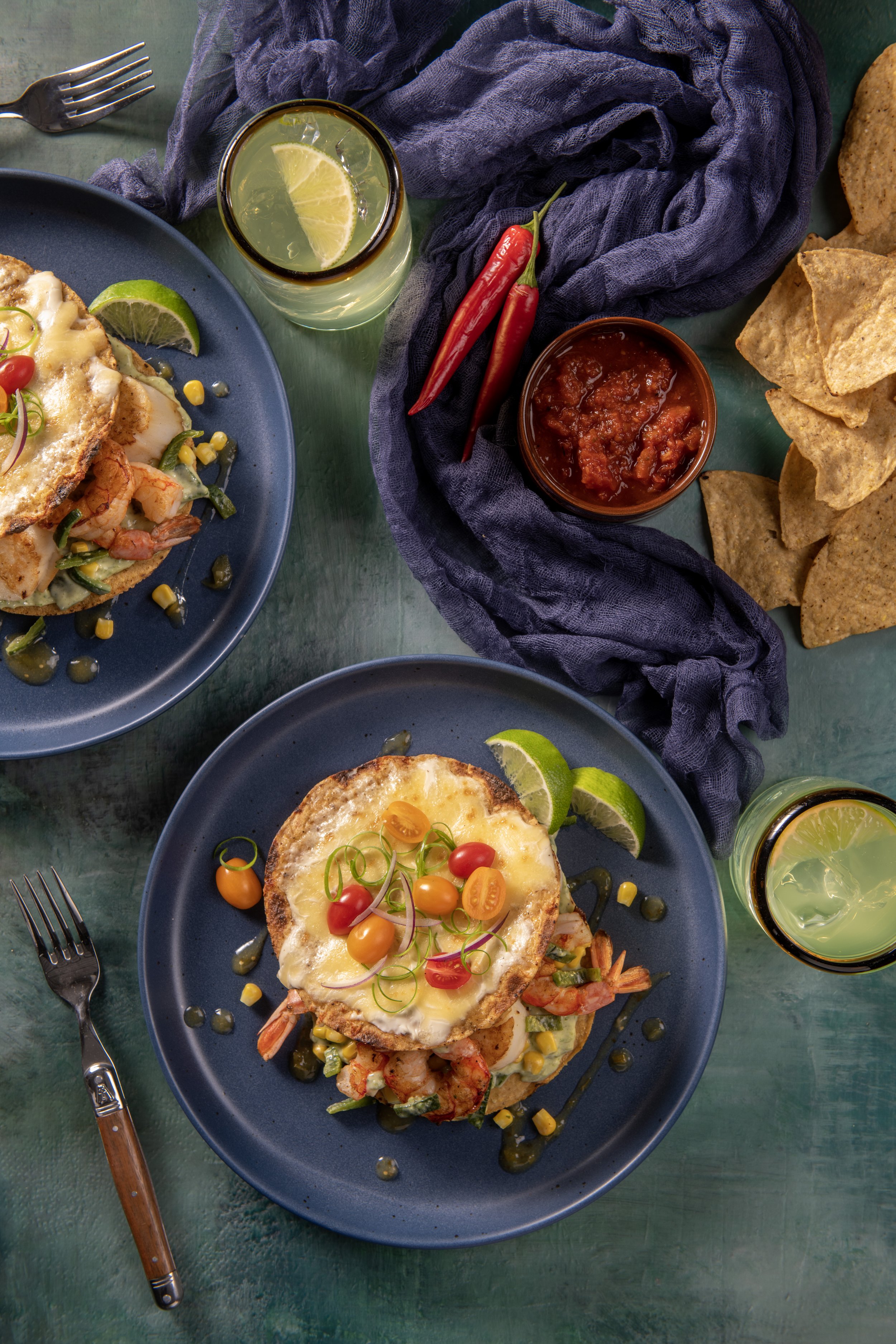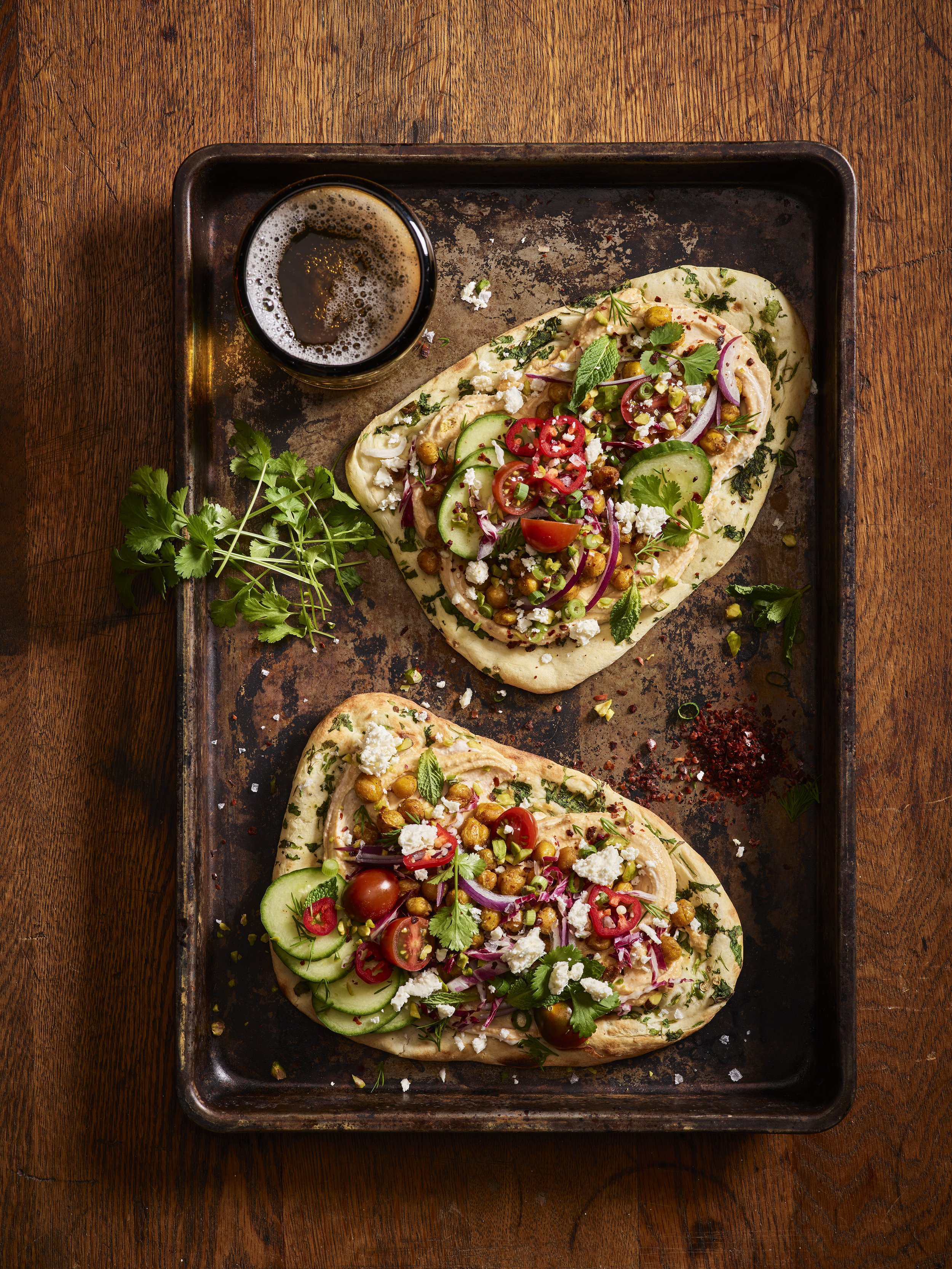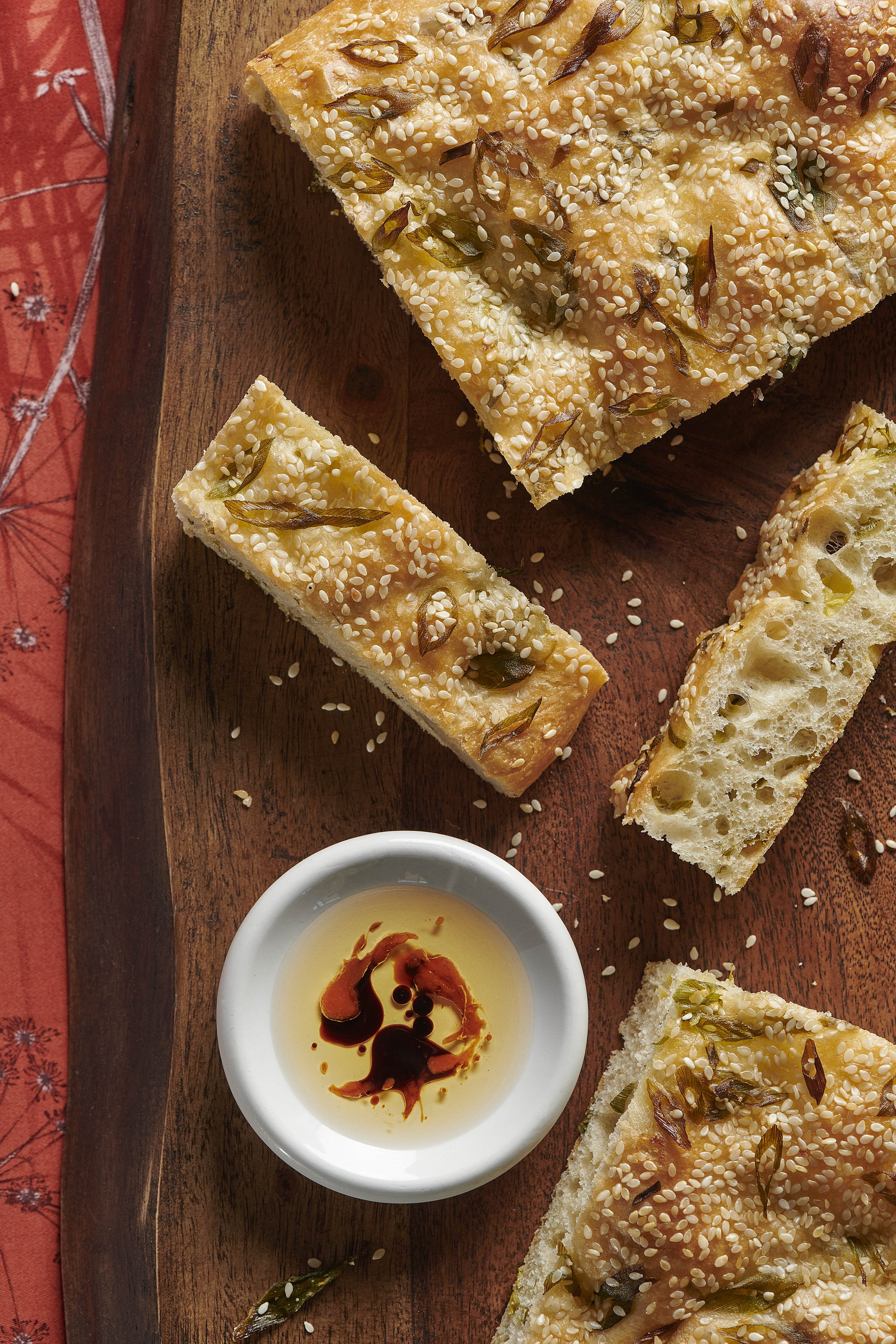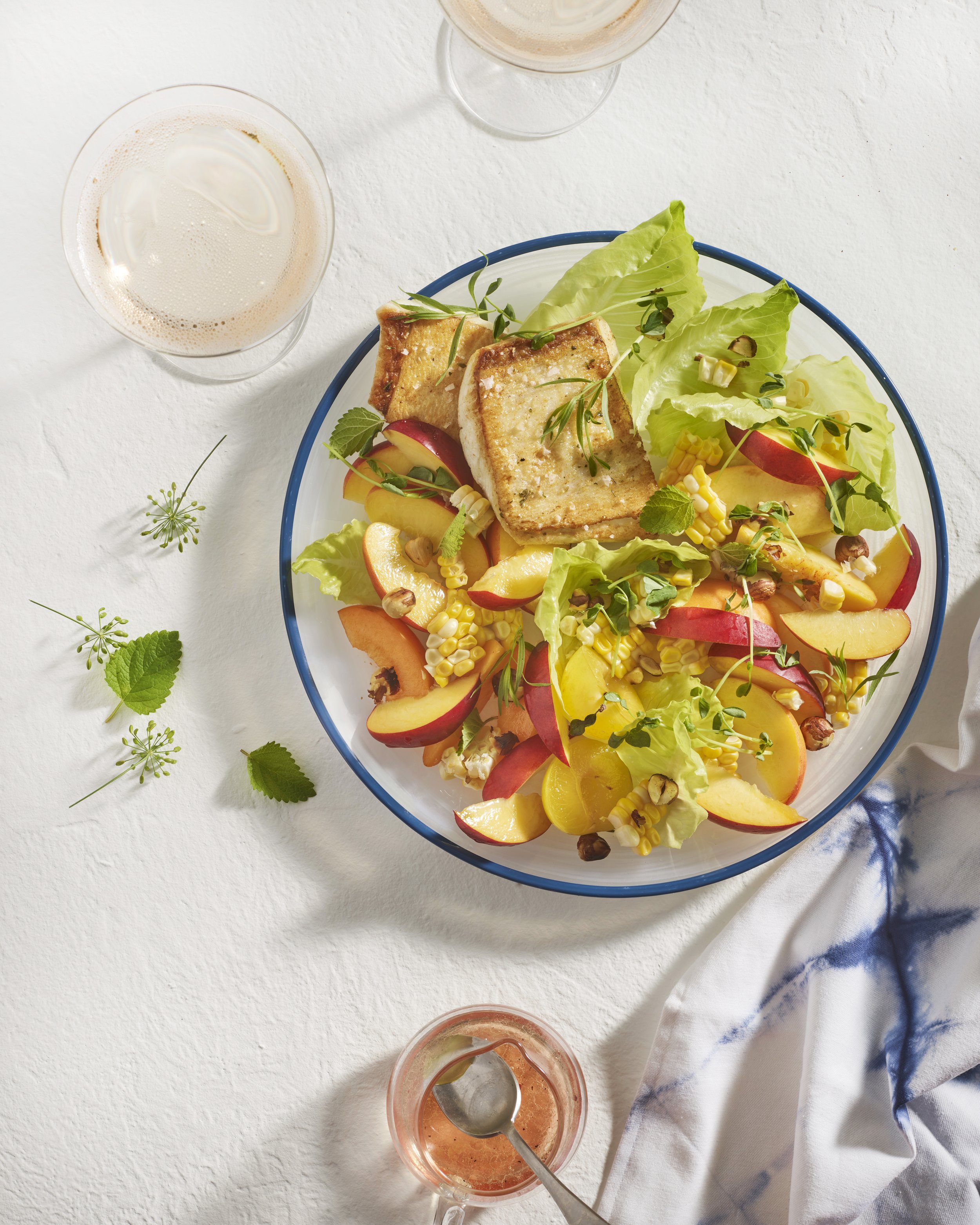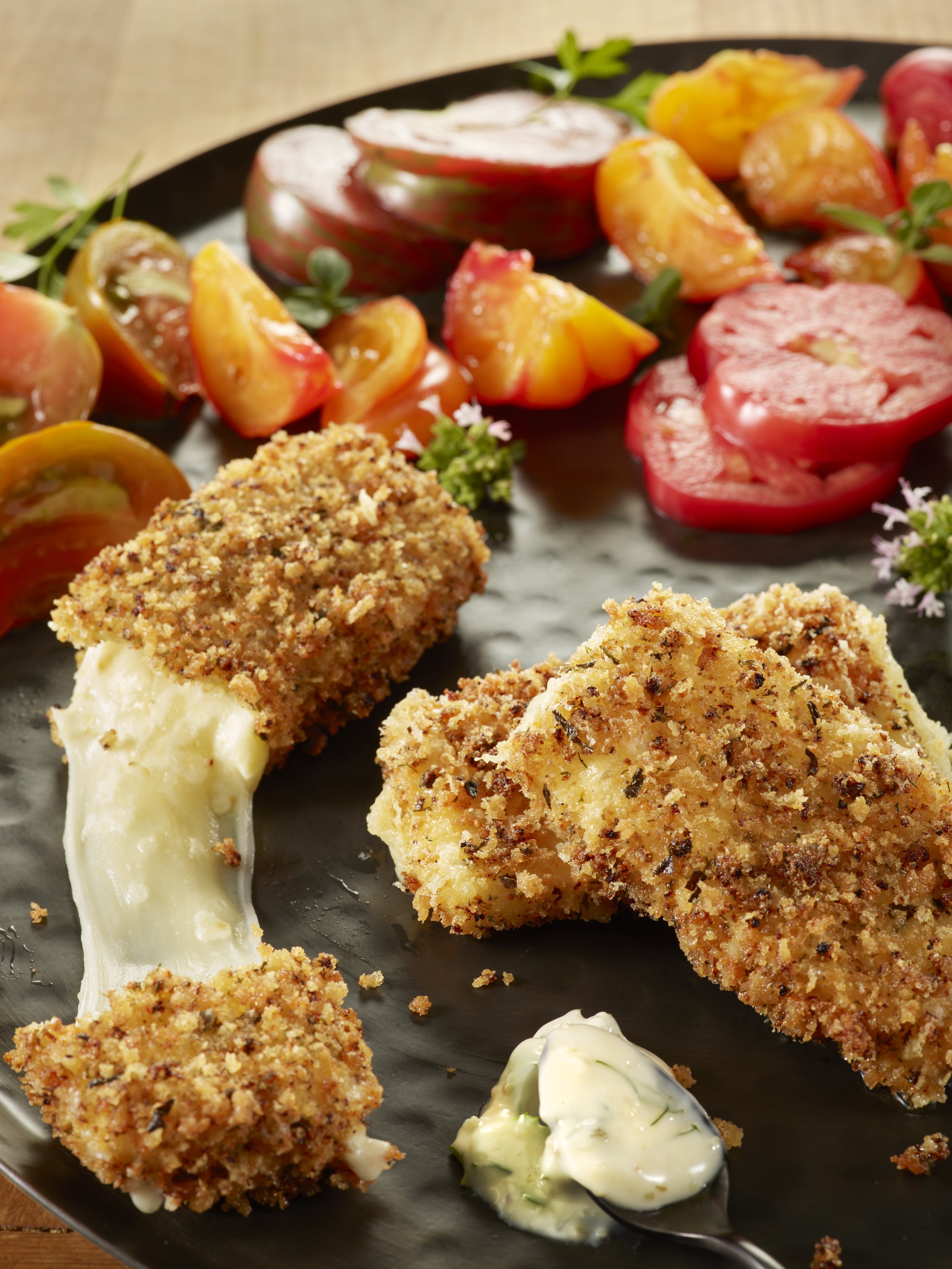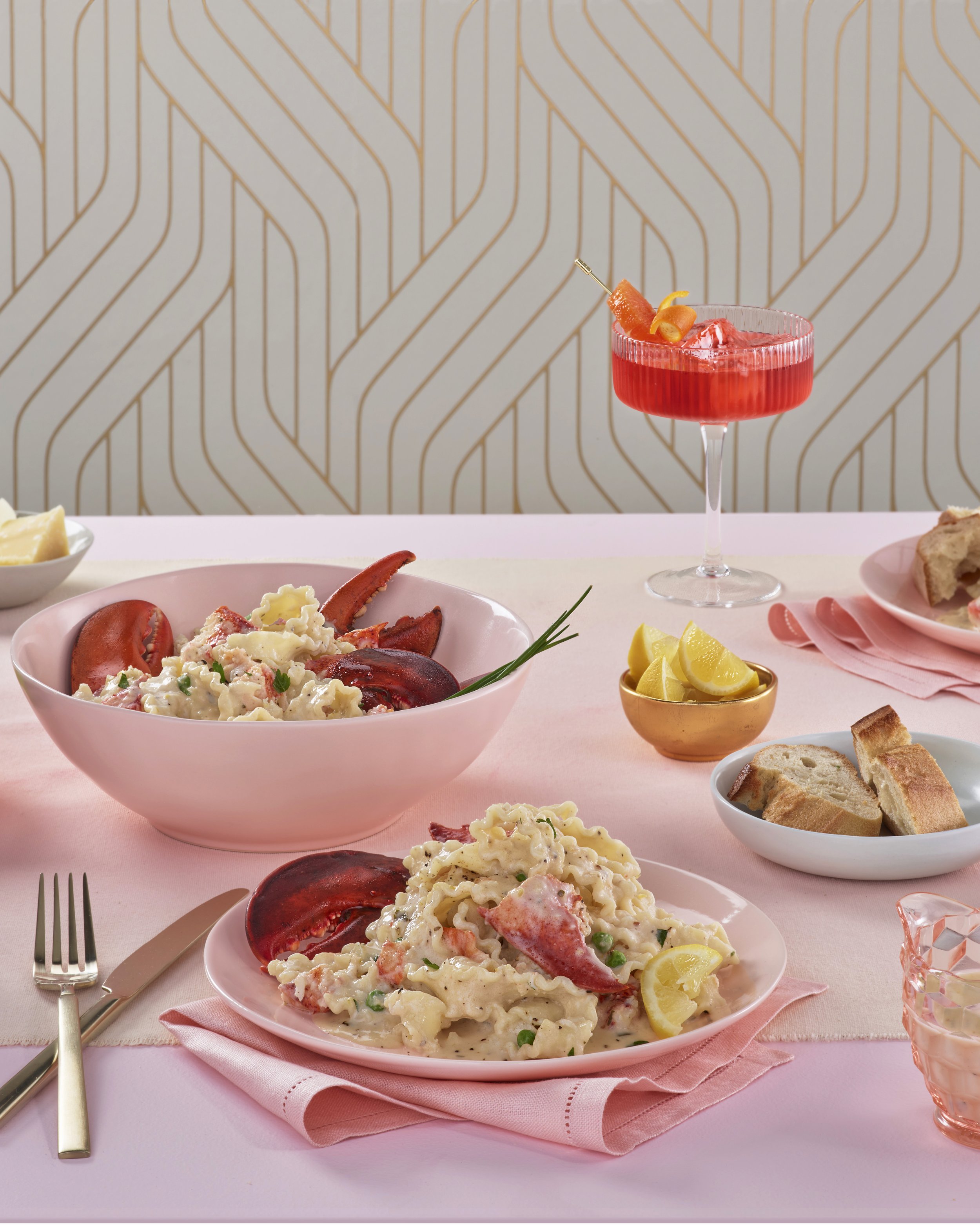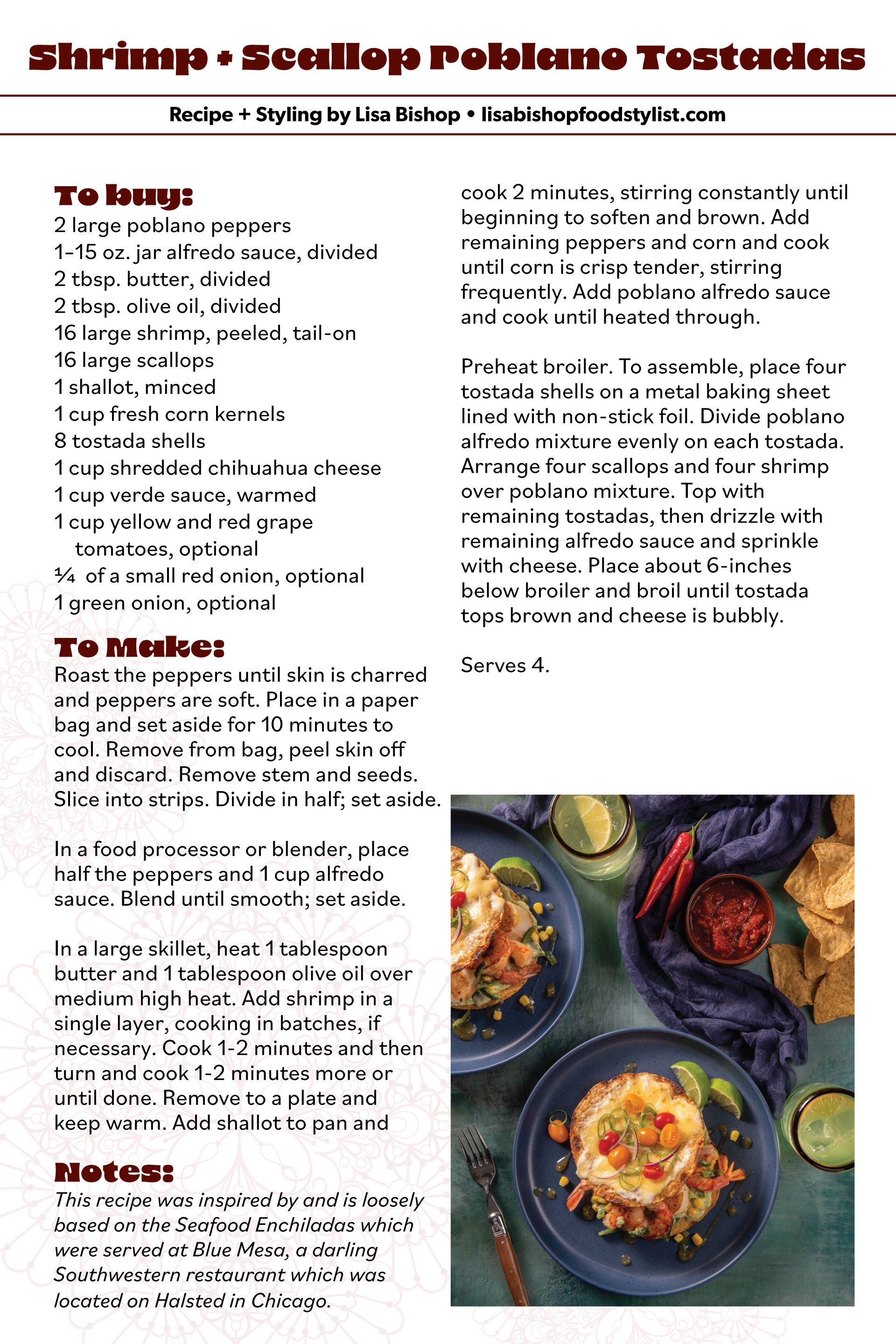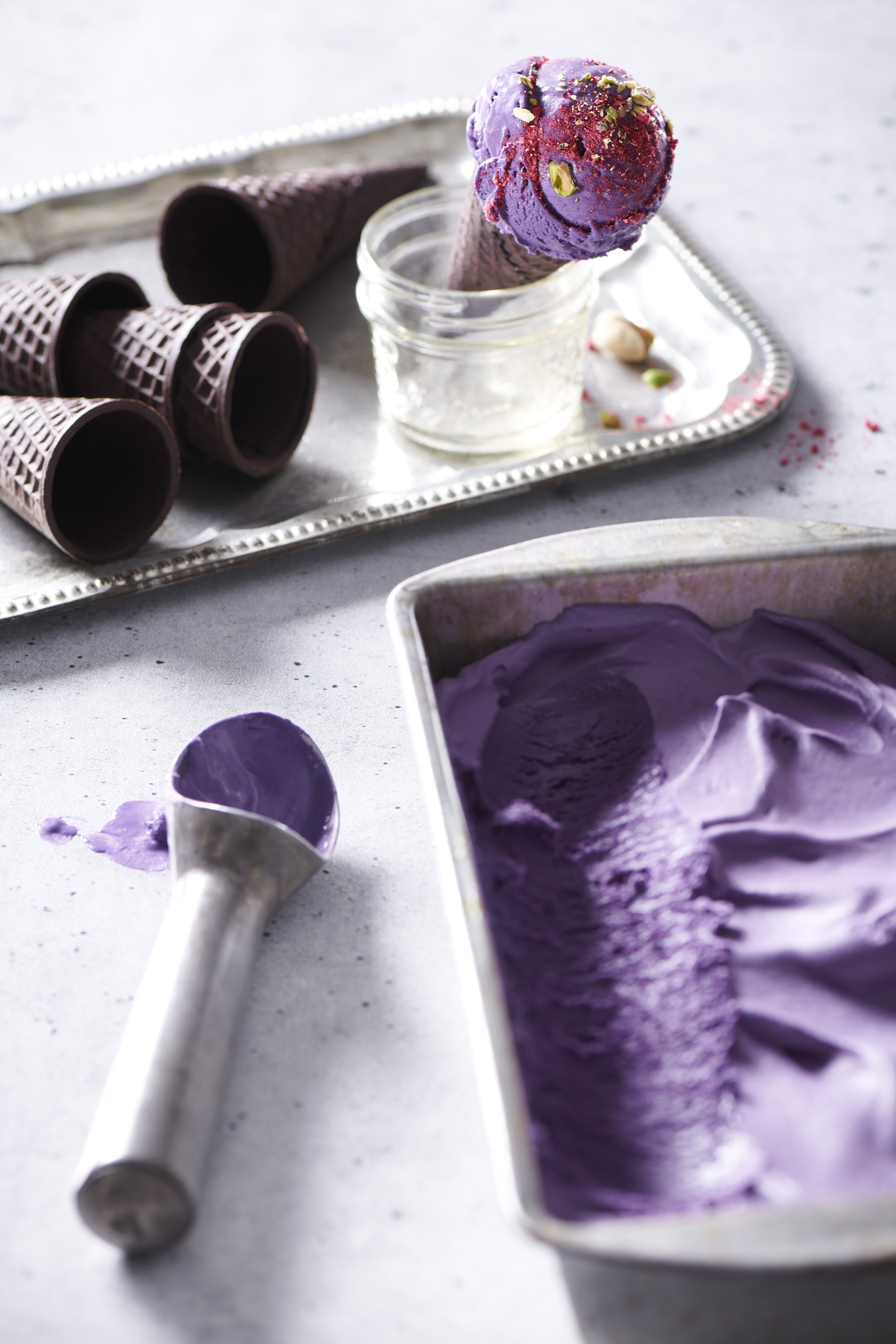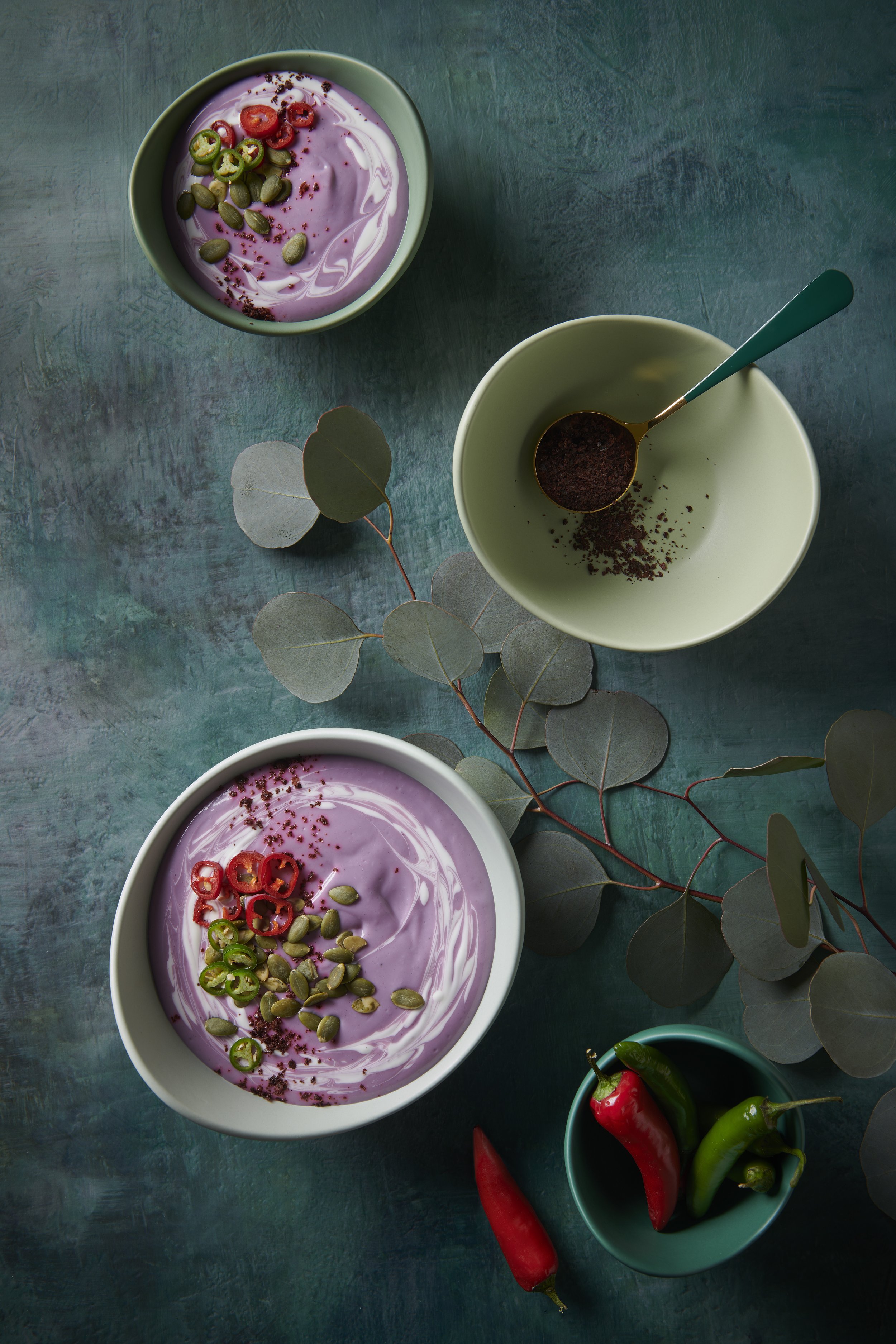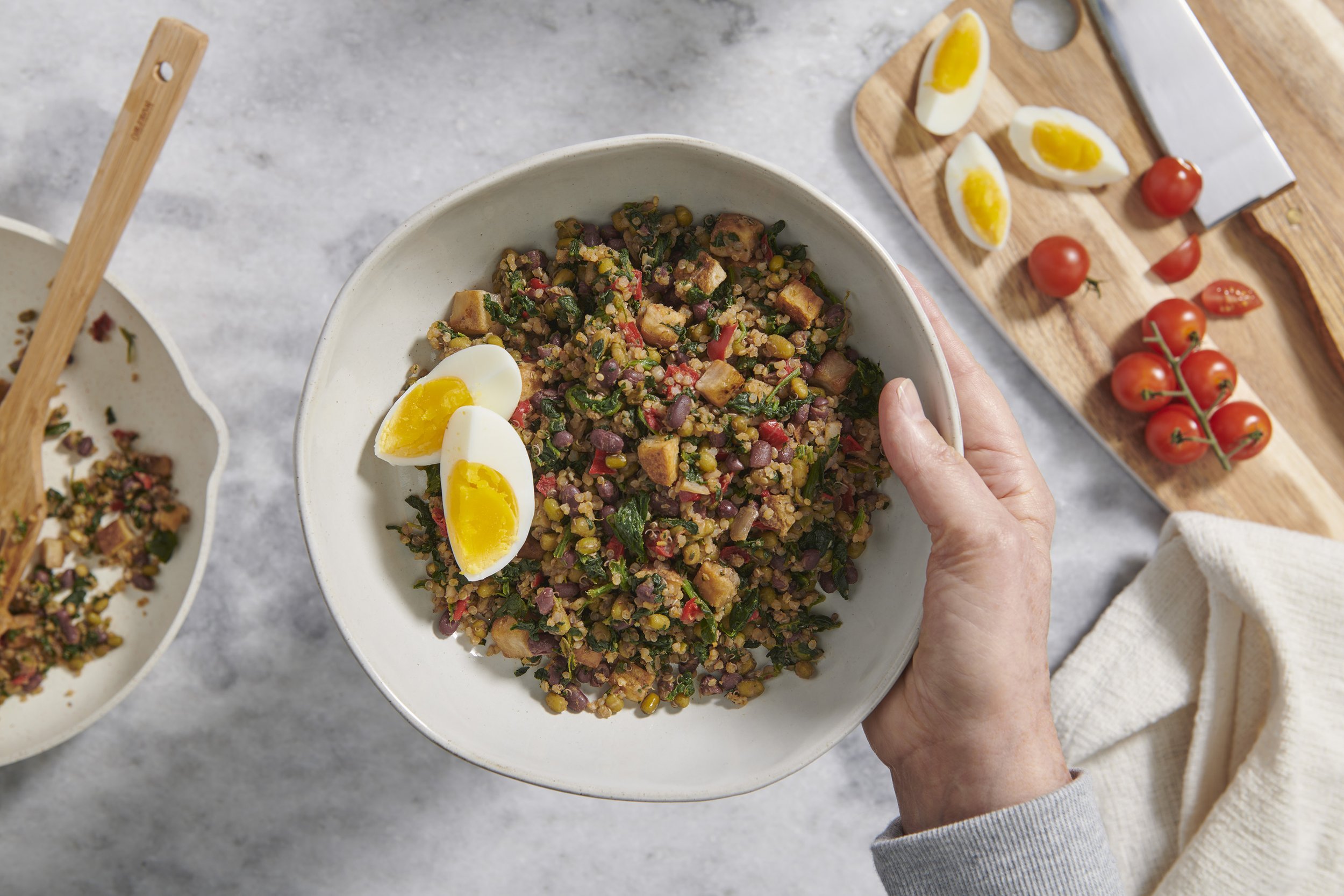Photoshoot in a can!
This concept sprouted from a conversation Curtis and Renee had during a client meeting: "Food photography should embody joy, beauty, and efficiency." We brainstormed that if we could streamline and encapsulate those qualities, it would appeal to clients struggling to grasp the nuances of food photography or hesitant to invest. From this exchange emerged the idea for "Photoshoot in a Can!"—an easily purchasable package comprising all the essentials: equipment, props, backgrounds, surfaces, and even a food stylist (portrayed beautifully by Kathryn Conrad). And, true to the comedic nature of infomercials, it's all conveniently packaged "in a can."
We consistently emphasize how clients can confidently invest in professional-quality food photography without the burden of coordinating multiple elements themselves. Everything you need is right here! It represents a creative solution to a prevalent challenge within the industry.
At foodphotostudio.com, we boast a collaborative team of creative talent–food stylists, photographers, and designers dedicated to crafting top-tier, visually captivating food photography. Leveraging a streamlined process and an arsenal of resources—including professional equipment and an extensive collection of backgrounds, surfaces and props—we facilitate seamless shooting experiences. Whether it's conceptualization, shooting, or post-production, partnering with us ensures professional assistance every step of the way. Specializing in serving restaurants, food brands, and various businesses, foodphotostudio.com guarantees high-quality images tailored to meet your needs, hassle-free! To learn more about scheduling a shoot with foodphotostudio.com send an inquiry to info@foodphotostudio.com or call 630-400-8966.
Here are the images captured for the video:
